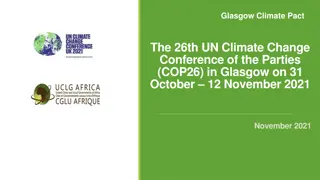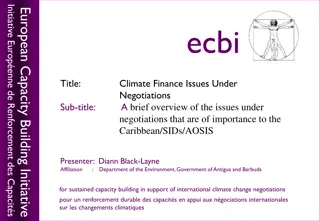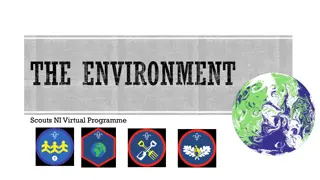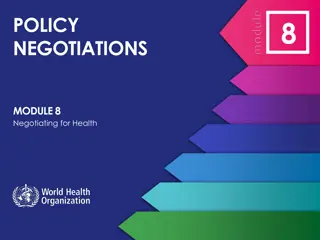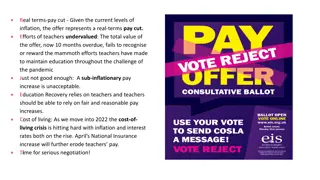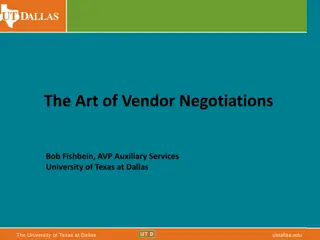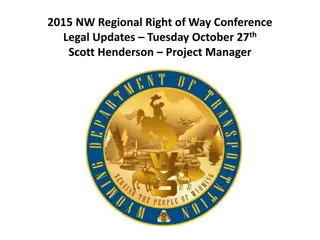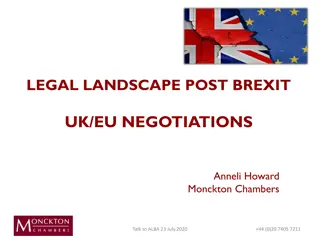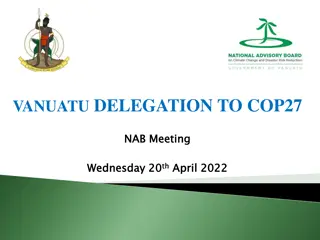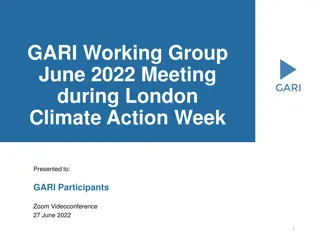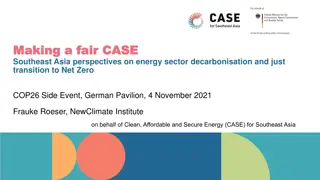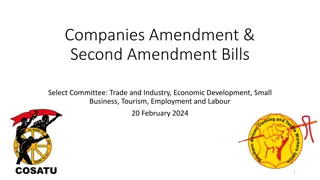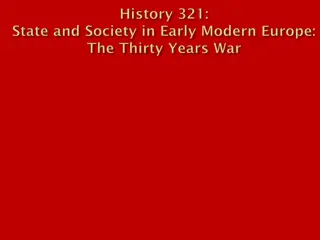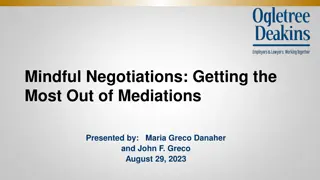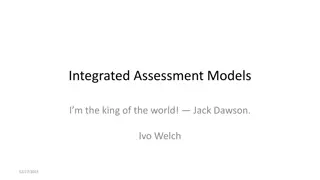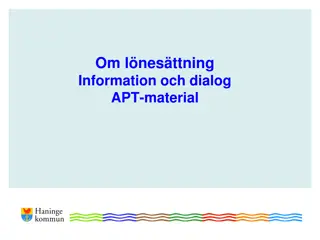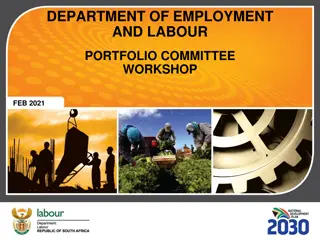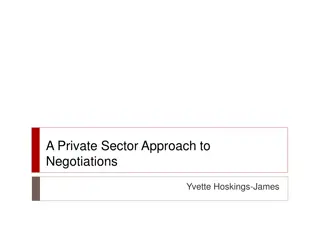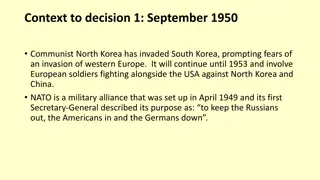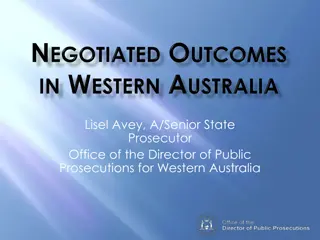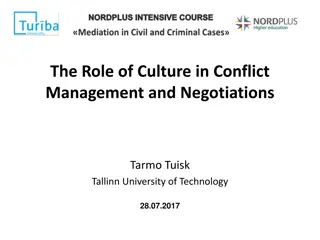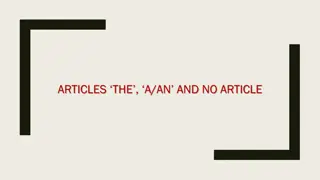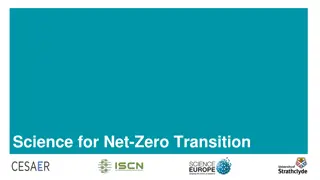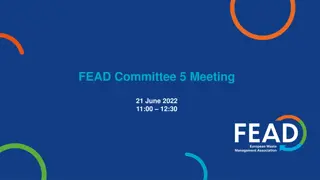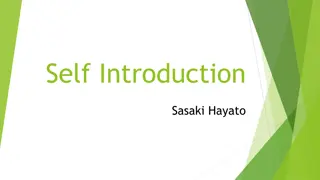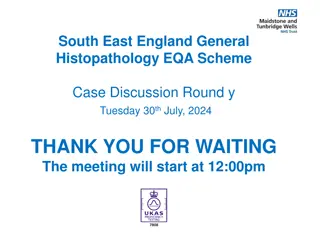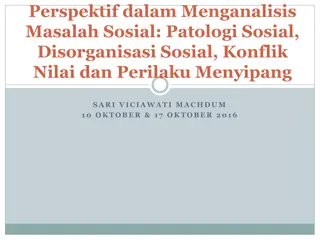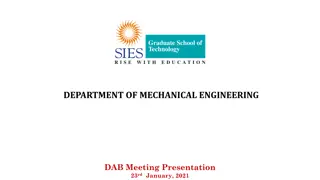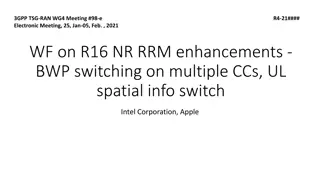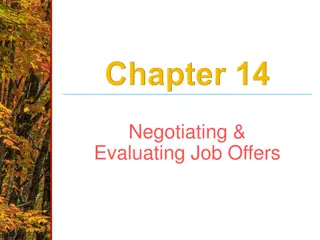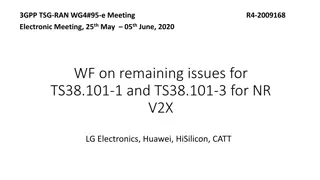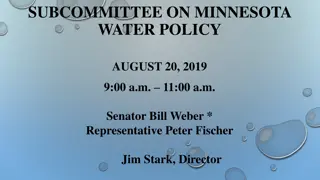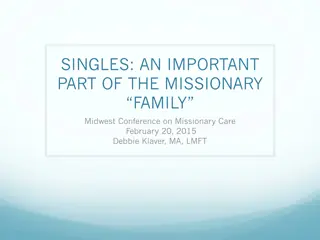Key Issues in Article 6 Negotiations at COP26 Ringo Meeting - Perspectives by Axel Michaelowa
Explore the key issues discussed in Article 6 negotiations during the COP26 Ringo Meeting on 9th November 2021, including finance provision for adaptation, accounting rules, and the use of pre-2020 CDM credits. Dive into the complexities of double bookkeeping, the Share of Proceeds mechanism, and proposals for bridging solutions. Considerations on avoiding double counting in NDCs and achieving adaptation actions through Article 6.2 and 6.4 activities are also highlighted.
Download Presentation

Please find below an Image/Link to download the presentation.
The content on the website is provided AS IS for your information and personal use only. It may not be sold, licensed, or shared on other websites without obtaining consent from the author. Download presentation by click this link. If you encounter any issues during the download, it is possible that the publisher has removed the file from their server.
E N D
Presentation Transcript
Crunch issues in Article 6 negotiations COP26 Ringo Meeting 9 November 2021 Axel Michaelowa, Perspectives Climate Research
Key issues in Art.6 negotiations 1. The (mandatory or voluntary) provision of finance for adaptation (share of proceeds, SoP) a) Strongly encourage to contribute commensurate with 6.4 rate b) Mandatory c) Language to ensure all 6.2 activities contribute (difference between type of 6.2 activities) 2. The accounting rules for the Article 6.4 mechanism (double bookkeeping) a) No corresponding adjustment for activities outside NDCs 3. The use of pre-2020 CDM credits for NDCs a) Limited amount of CERs for carry-over (year of registration, year of issuance) b) Use for host countries NDC c) Use for acquiring country s NDC
Share of Proceeds Introduction to the issue How can activity under both Article 6.2 and Article 6.4 support adaptation action, including through generating finance for adaptation, and could this be achieved differently between the two instruments? 2% Share of Proceeds has been levied by the UNFCCC Secretariat on issued CERs from CDM: 200 million $ Revenues from the SOP supported administrative tasks (UNFCCC Secretariat/CDM Reserve Fund) and adaption (Adaptation Fund): 400 million $ The Doha Amendment broadened the SOP to all KP Mechanisms (agreed in 2012, effective 2020) precedent Key open questions are SOP on Art.6.2, design and rate Further reading Operationalizing the Share of Proceeds for Article 6
Share of Proceeds Bridging Proposal How do we ensure more stable and reliable sources of finance; Further exploration of a model of voluntary encouragement for adaptation resources, including through finance and mandatory reporting requirement related to activity under Article 6.2, as proposed in the final version of the COP25 Presidency text; Consideration of how a mandatory Share of Proceeds might apply to different types of activity taking place under Article 6.2, recognising the potential differences between Article 6.2 and 6.4 activities
Double counting inside/outside NDCs Introduction to the issue How can we avoid the double claiming of emission reductions from the Article 6.4 mechanism, in a way that respects the nationally determined nature of NDCs and is consistent with the aim to move over time towards economy-wide emission reduction or limitation targets? Many developing country NDCs are not yet economy-wide, but set to expand over time Carbon markets are designed to foster innovation by non-state actors, beyond government planning Open question on whether corresponding adjustments required for Art.6 activities outside the scope of NDCs Need to avoid perverse incentives for NDC ambition
Avoiding double use in Article 6.4 Bridging Proposal That units generated outside of the scope of NDCs would not be subject to corresponding adjustment, for a defined time period; During this defined period, Parties to whom this flexibility applies would identify upfront whether an Article 6 activity is outside of scope of their NDCs; After this defined time period, all units, whether generated inside or outside of the scope of NDCs, will be subject to corresponding adjustment; A comprehensive tracking system using registries will assist in avoiding double counting; Additional limits on activities taking place outside of the scope of NDCs.
Use of pre-2020 credits towards NDCs Introduction to the issue How can we balance recognising the investments of existing market actors whilst protecting overall ambition, when considering the potential use of pre- 2020 units against NDCs? Due to poor carbon market conditions, and in some cases also due to project performance, many CDM activities did not issue their CER potential African pre-2020 potential has not been exploited, but other options could be more attractive (VCM, RBF) Large CDM countries stand to benefit much more than Africa from allowing use of pre-2020 CERs while it undermines environmental integrity of NDC targets for post-2020 period Linkage with other issues critical for a final deal
Use of pre-2020 units towards NDCs Bridging Proposal Some, but not all, pre-2020 units could be eligible for use to meet NDC targets; Parties could also consider additional measures, such as: Safeguards to protect NDC ambition; Ensure balanced regional participation in the Article 6.4 mechanism; A reserve in which pre-2020 units could be held; Use towards own NDCs.
Capacity building In SBSTA dialogues, capacity building was a key topic of the negotiations and setting up capacity building programmes was seen as key for implementation. Generally agreed in negotiation It should be discussed whether Article 6 capacity building should be embedded in existing initiatives or if dedicated programmes should be developed (and by whom: UN-led programmes, bilateral programmes?). Lessons from previous efforts should be considered: Nairobi Framework, CDM Policy Dialogue etc
Critical issues in negotiations: CDM transition Dedicated technical dialogue on CDM activity transition in June 2021 Grace period and time frame [2023] [2025]? General process and expedited process for small-scale activities Eligibility criteria and stringency of checks (renewed additionality test/vulnerability?) Use of CDM reserve (USD 45 Mio + current balance of USD 75 Mio ) for: Capacity building (RCCs, ) Funding of A6.4SB (and for CDM EB/support structure?) Other purposes (adaptation finance?- Swiss proposal) may come up in discussions on rapid operationalisation 2




